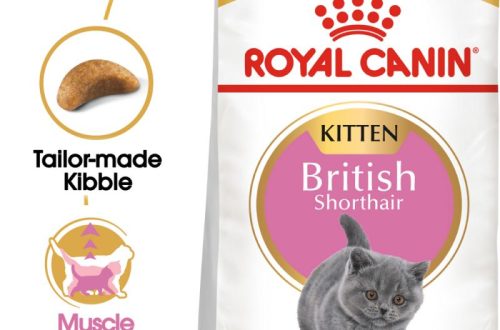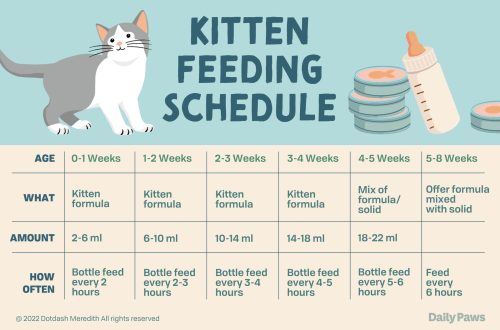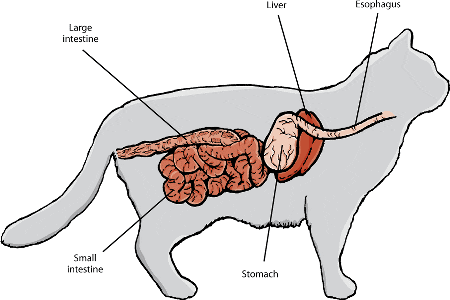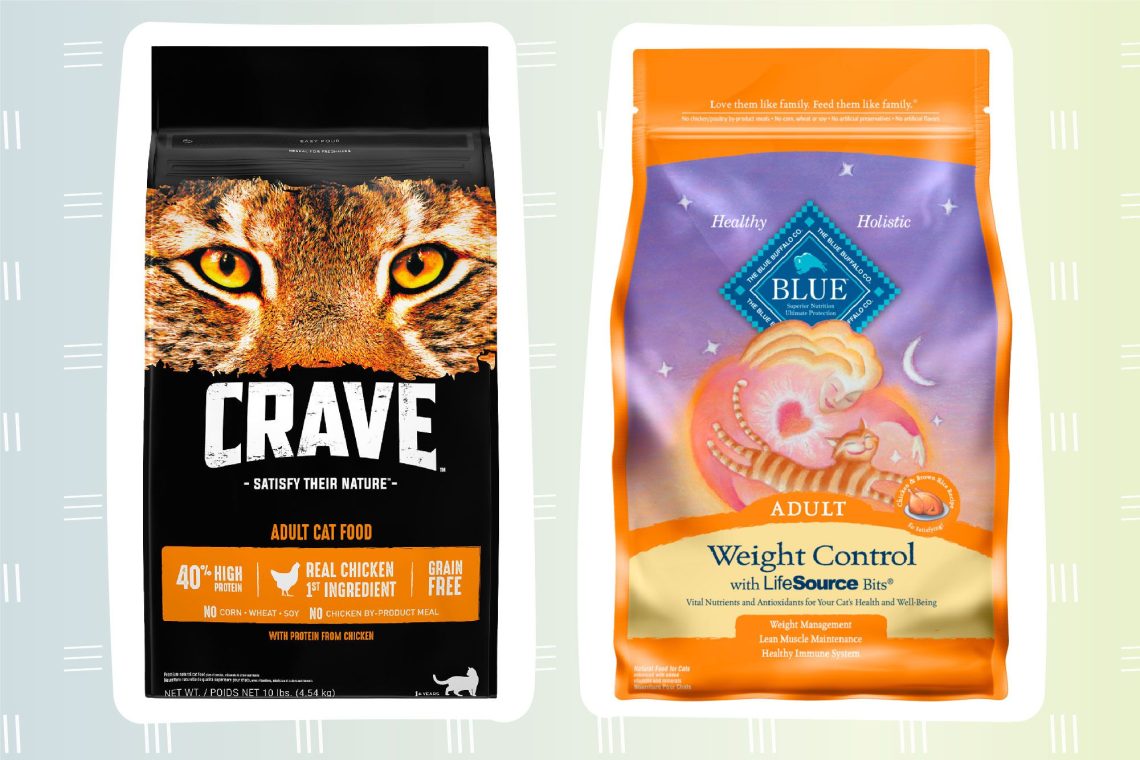
What is the best food for cats?
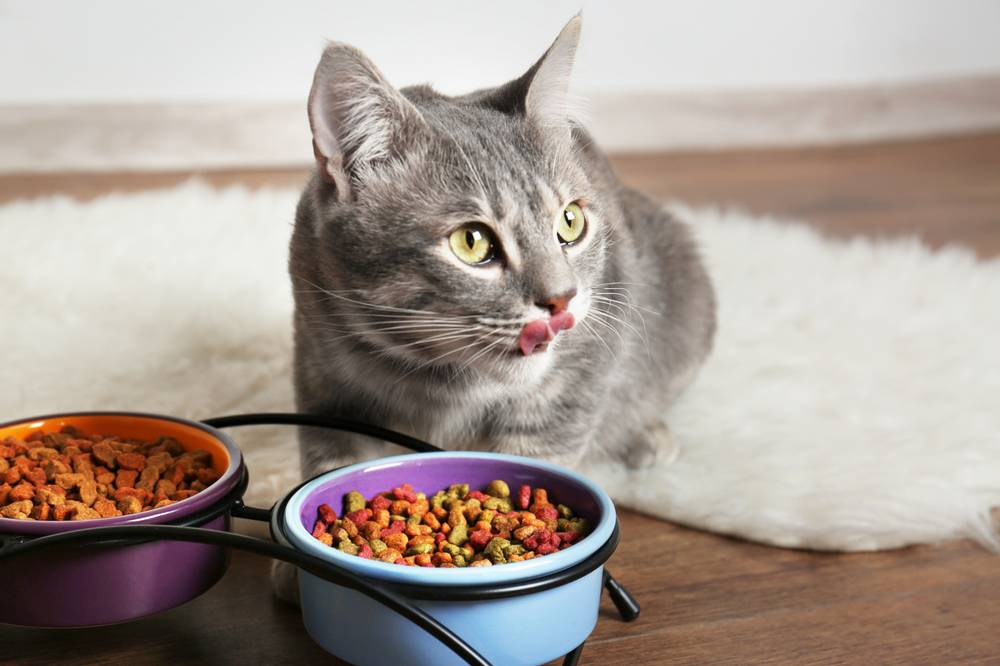
harmful products
Dangerous food must be excluded from the pet’s diet. This list includes not only harmful products – chocolate, onions, garlic, grapes. Also, the cat must be protected from milk, raw eggs, raw meat and derivatives from it.
Milk is harmful due to the lack of enzymes in the cat’s body that break down lactose. Accordingly, it can cause indigestion. Meat and eggs can cause harm due to the presence of bacteria – salmonella and E. coli.
Separately, it is worth mentioning the bones. They categorically should not be given to a cat because of the threat to the intestines: its obstruction and even perforation is possible – a violation of integrity.
Ready rations
A cat needs a diet that provides it with a complete set of nutrients. This includes not only proteins, fats and carbohydrates, the pet also needs taurine, arginine, vitamin A – essential components that the animal’s body is not able to produce on its own.
In this case, the cat should receive nutrients appropriate for its age and condition. There are food requirements for kittens, for adult animals from 1 to 7 years old, for pregnant and lactating cats, as well as for individuals over 7 years old.
All of these features are included in for pets. To fully meet the needs of the cat, it is recommended to feed it both dry food – they provide oral health, stabilize digestion, and wet food – they reduce the risk of overeating and prevent the development of diseases of the urinary system.
Important Tips
Wet food is given to the animal in the morning and evening, dry food is given throughout the day, and they cannot be mixed. It is also important to ensure that there is always a drinking bowl with fresh water next to the bowl.
Refer to product packaging for recommended serving sizes. You can also focus on the following ratios: wet food is given a package at a time, dry food – about 50–80 g per day.
Granules of dry food should be available all the time: the cat eats in small portions and goes to the bowl up to two dozen times a day.
Cats are picky eaters, so it is recommended to alternate the tastes and textures of food (pate, sauce, jelly, cream soup).
15 2017 June
Updated: November 20, 2019



